How important are karats, really? 5 questions to answer before investing in jewelry at any price point.
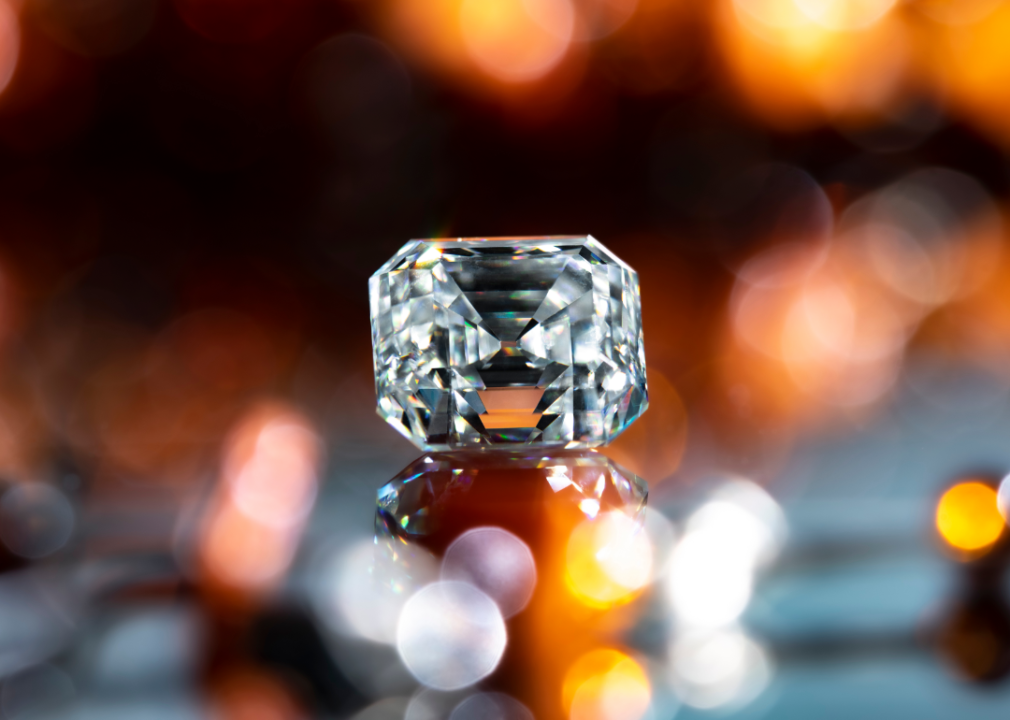
From Cleopatra to Kim Kardashian, people throughout history have loved showing off their style through jewelry. While fine jewelry has historically had a reputation for being rare and reserved for nobility or the upper class, today, it's possible to find quality pieces at brick-and-mortar and online stores—and at various price points. With so many choices, figuring out what makes jewelry high-quality and durable can be overwhelming and challenging, especially if you're investing in pieces that can be passed down through generations.
For that reason, Jewel360 consulted jewelers' guides and reports to unearth the important things to look for when buying jewelry.
People have worn jewelry for tens of thousands of years, and different ancient civilizations had their own take on jewelry styles. Ancient Egyptians used jewelry such as amulets and talismans to show off their personalities with colored gemstones. Greeks incorporated their belief in gods through jewelry and to showcase their prosperity. Romans were famed for their complex jewelry designs and they had access to semiprecious and precious stones as they conquered territories that were part of extensive trade routes like the Silk Road. Byzantines used vibrant colors and oriental symbolism in their designs, influenced by a melting pot of cultures coming from Greece, Egypt, Russia, North Africa, and Asia.
Trends evolved with the ages, and as jewelers became more adept with stonecutting techniques, people emphasized a gemstone's quality, number of cuts, and ability to sparkle. Diamonds showcased these new techniques especially well, making the stone a favorite of artisans and their customers. The advent of machinery created more affordable jewelry, bringing it back to the masses.
Tastes have changed throughout the decades—different precious metals have fallen in and out of fashion depending on price point—but jewelry is a must for most adults today. According to a study by the jewelry association Plumb Club, those aged 25 to 60 are responsible for 7 out of 10 jewelry purchases.
As people continue falling in love with the splendor of jewelry, here are some things to consider when choosing an investment that could last many lifetimes.

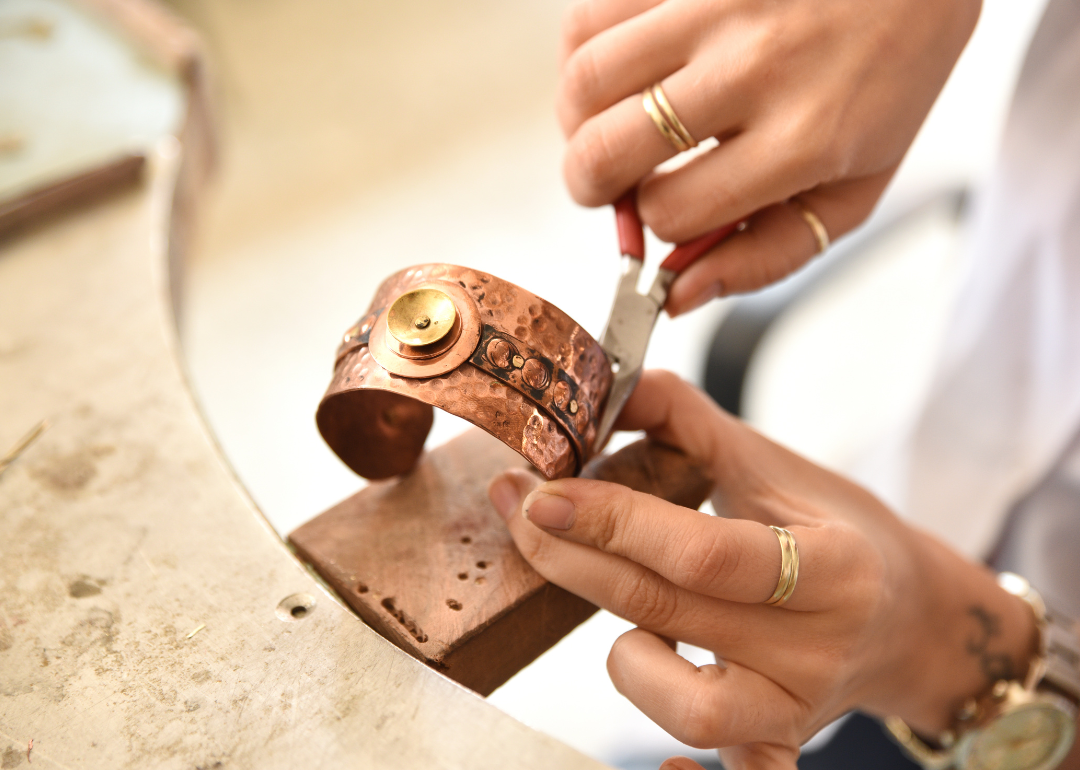
What metals could be used?
Most jewelry decisions start with the metal that forms its foundation, so it helps to know about their properties. Both silver and gold on their own are soft precious metals, so to make them strong and durable enough to wear as everyday jewelry, makers alloy them with other metals.
Platinum, known for its brilliant white shine, is a much stronger and heavier precious metal—a 90% pure piece can be 60% heavier than a comparable 14-karat gold piece, according to Jewelers of America—but it also comes with a heftier price tag.
Alternative metals are more common, so they can add beauty and style to your wardrobe without breaking the bank. Palladium emulates platinum, while stainless steel, titanium, and tungsten carbide are strong, lightweight, and have the added benefit of being hypoallergenic.
Precious metal clay, developed in Japan in the 1990s, is an affordable process to develop precious metal jewelry from small particles of gold, silver, or platinum embedded in a pliable material, which jewelry makers mold and fire. During the heating process, the clay burns off, leaving a lustrous precious metal.
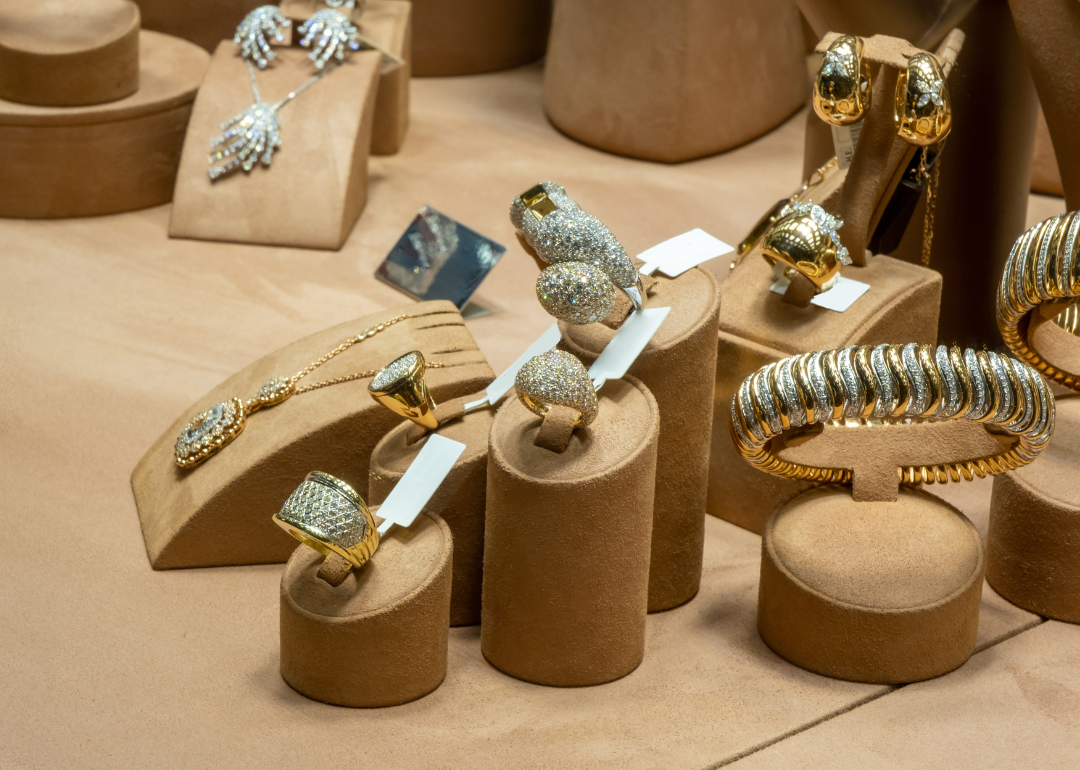
How important are karats, really?
In the jewelry industry, there are carats, and then there are karats. Confusing, right? Jewelers use "carats" when referring to the weight of a gemstone and "karat" when describing the purity of gold. Gold at its purest is 24 karats. That said, gold is also a soft metal, so to make it durable enough for daily wear, jewelers alloy it with other metals such as copper, nickel, and zinc. Gold's various colors—yellow, white, and rose—come from the other metals used in the alloy
The level of gold in the alloy is indicated in the karat mark: 18-karat gold is 75% pure gold, 14-karat is 58.3% pure gold, and 10-karat is 41.7% pure gold. Jewelers will add a quality mark to every gold piece, indicating how many karats are in it.
In 2018, the Federal Trade Commission ruled that it was possible to have lower gold content in a piece of jewelry and still be able to call it gold; however, the gold content must be labeled accurately. Jewelers of America notes that pieces containing less than 10K gold may have a lower price tag but lack the quality and life span as pieces with higher gold content.
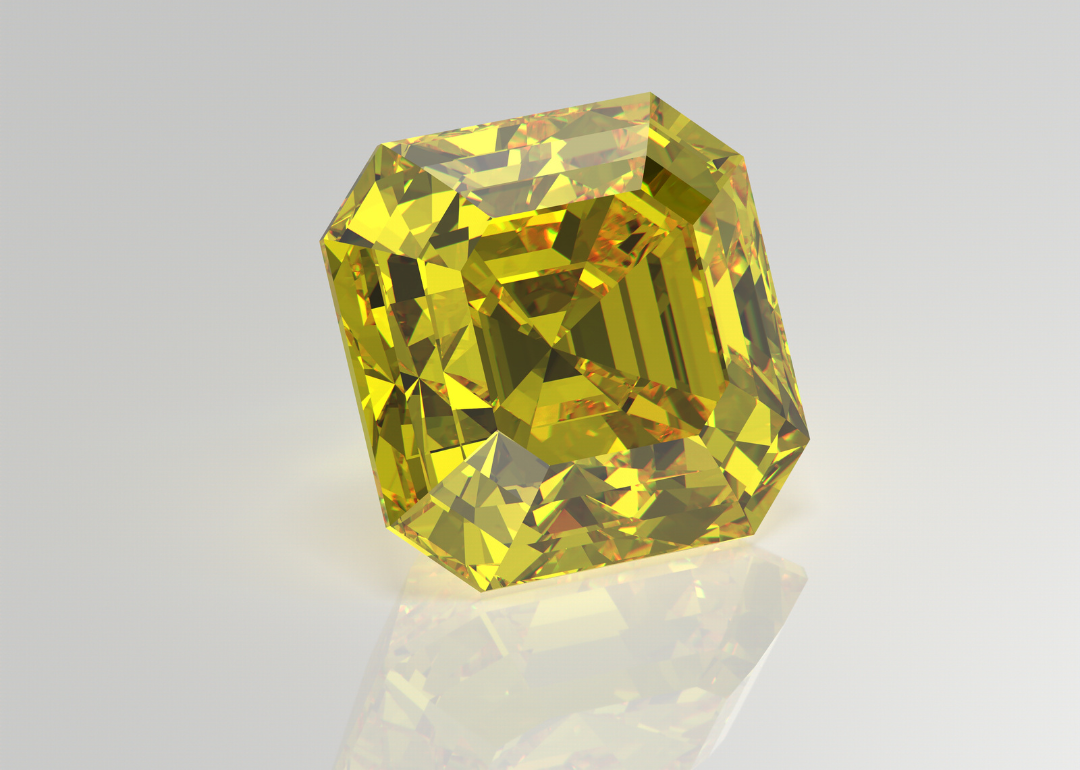
What characteristics of stones are important?
With stones, it helps to know the four Cs: cut, clarity, color, and carat. Cut—the most important element of a diamond—refers to the actual cuts on a stone that a jeweler makes to give it its shape and ability to reflect light. This creates the brilliance wearers want when they flash their jewelry.
Color is the most important element in other gemstones, with hue (the stone's visible colors), tone (how light or dark the color is), and saturation (the purity of the hue) all contributing to a stone's beauty and uniqueness. The Gemological Institute of America does have a color-grading system to help jewelers know how well a gemstone will show off its color. Still, personal preference plays a big part in which shades of a gemstone appeal to you.
Clarity, or the stone's level of flawlessness, relates to how light can pass through a gemstone. The fewer inclusions, lines, or spots within the stone, the better light can pass through the rock, making the stone more beautiful. Some gemstones are naturally opaque and others—emeralds, in particular—are more inclined to contain inclusions that interrupt the light flow. Yet, those inclusions can add to a stone's unique properties.
Carat refers to the stone's weight and size, with one carat being about 200 milligrams and 6.5 millimeters. Bigger isn't necessarily better or more expensive—the cut, color, and clarity of a stone have a lot of impact on the cost of a stone.

Where did a piece come from (and why does it matter)?
It used to be that people placed more importance on the quality of stones or precious metals rather than how those materials were obtained, which led to the rise of child labor in mines, conflict diamonds, and environmentally sketchy practices such as mercury pollution. Increased consumer awareness has had an impact on the industry. In 2019, 7 in 10 gold jewelry buyers said they didn't want their purchases to contribute to unethical practices.
By 2023, some diamond companies, including De Beers Group and Kwiat Diamonds, had traceability programs to help brands, retailers, and consumers know where their gemstones have come from—and ensure they aren't involved in conflict.
Consumers are also turning more to lab-grown diamonds, which produce a stone nearly identical to a natural diamond but costs much less and doesn't come with ethical baggage. Lab diamond sales grew by 38% in 2022 to reach an estimated $12 billion—more than 10% of the total diamond market—and prices fell. A 1-carat lab diamond costs about 80% less than a natural diamond, according to industry analyst Paul Zimnisky.
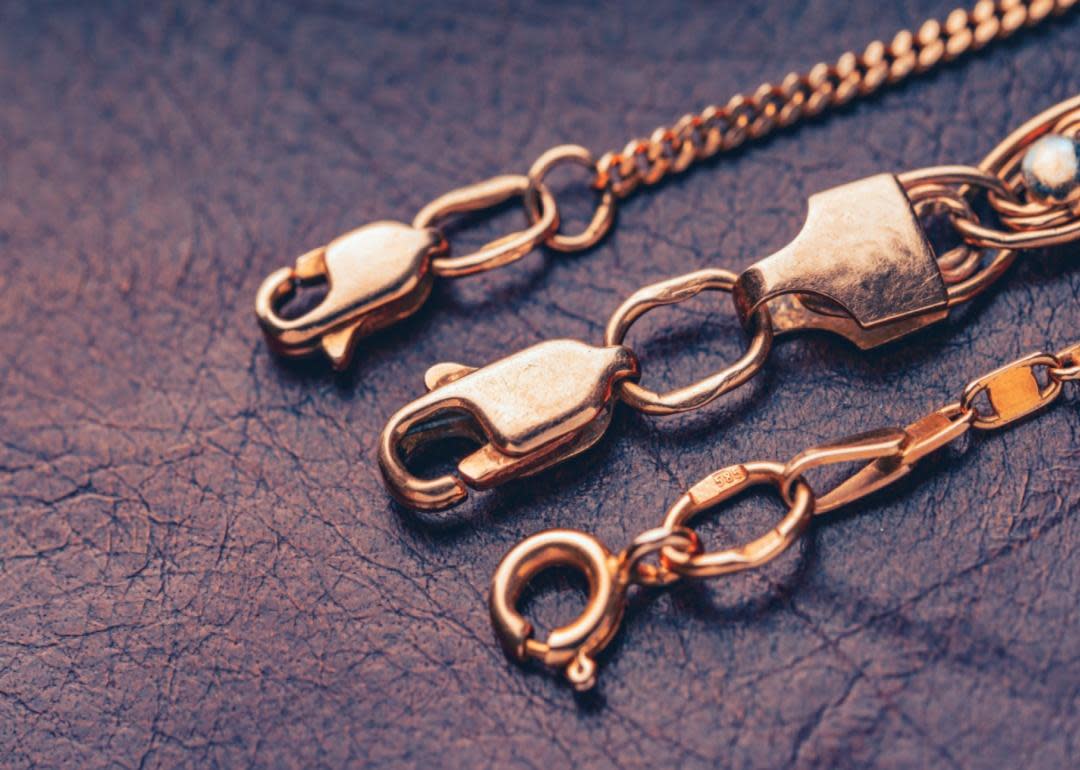
What's a hallmark?
A hallmark provides consumers with guarantees about the metal's purity in jewelry. As craft guilds developed in the 1200s in France and England, governments in these countries mandated that special assessors examine jewelry metals for their purity and stamp or engrave them to relate that information to consumers.
Hallmarks indicate the number of karats in a piece and the metal's origin and are important to look for when confirming the metal quality in a high-end piece. It wasn't until the National Gold and Silver Stamping Act of 1906 that American jewelry makers were made to include a purity mark on their wares; however, the act didn't require makers to indicate who made the piece. Before then, it was rare to find U.S.-made jewelry with such hallmarks. As of Dec. 15, 2023, 22 countries belong to the Hallmarking Convention, which provides a set of requirements so third parties can verify jewelry made from precious metals.
Story editing by Carren Jao. Copy editing by Paris Close. Photo selection by Ania Antecka.
This story originally appeared on Jewel360 and was produced and distributed in partnership with Stacker Studio.
